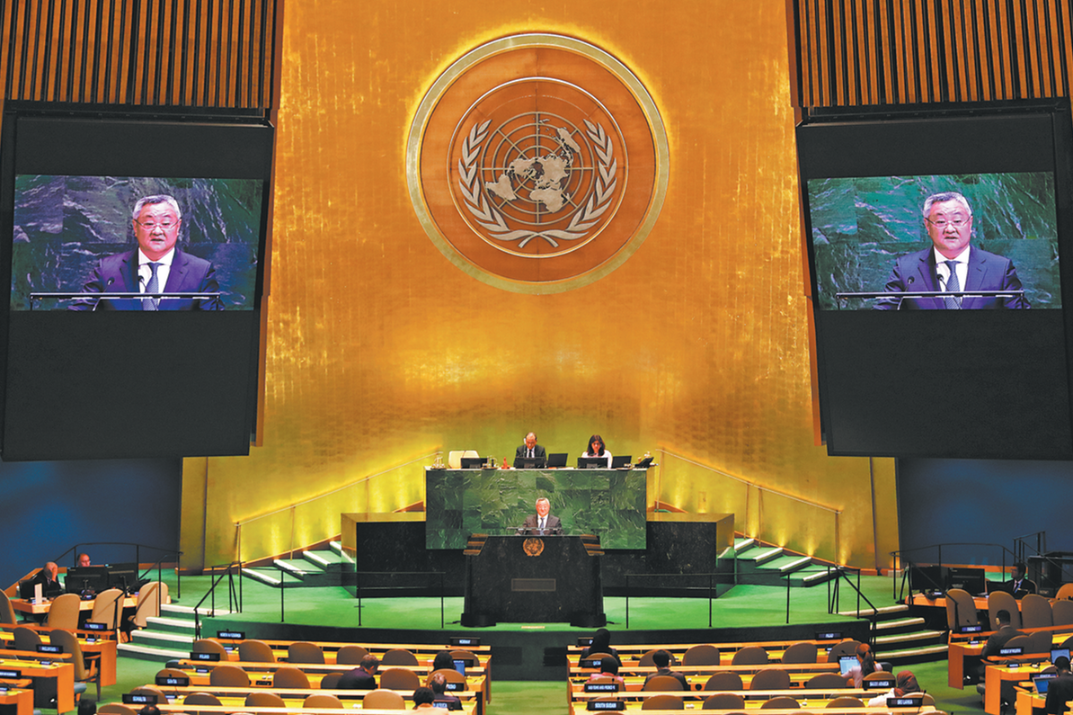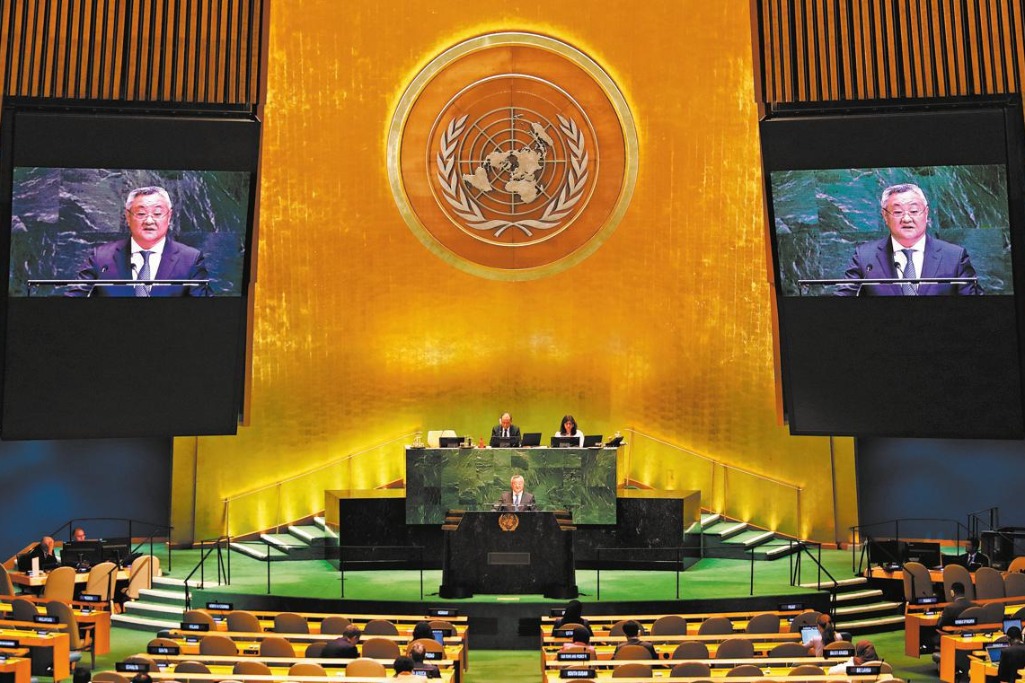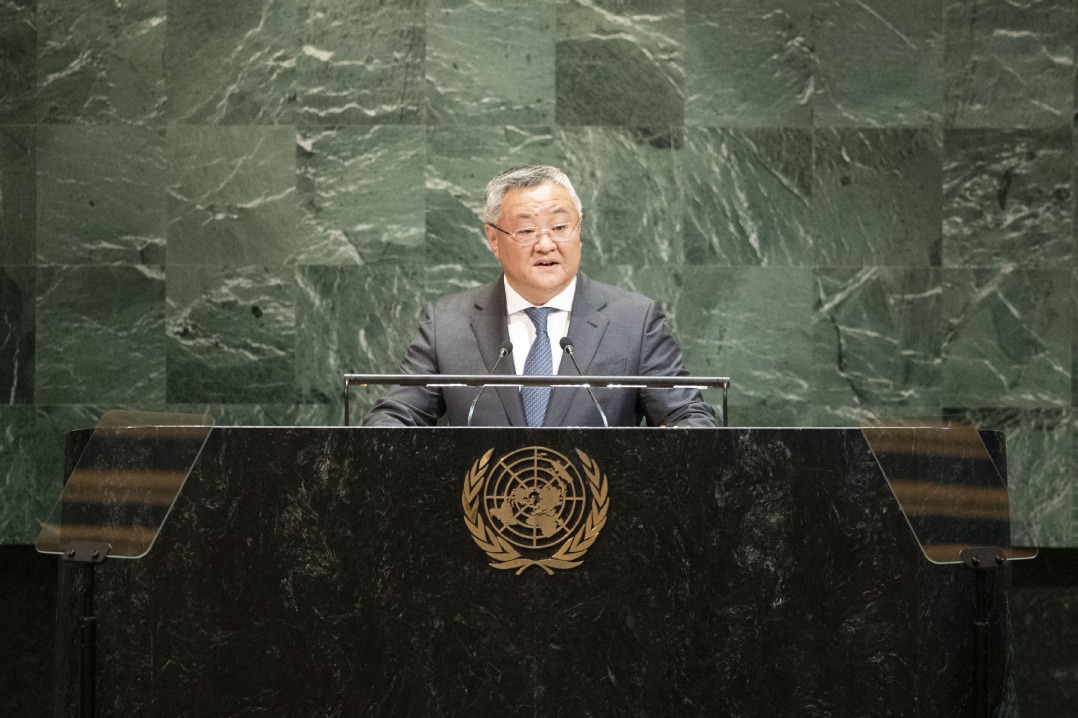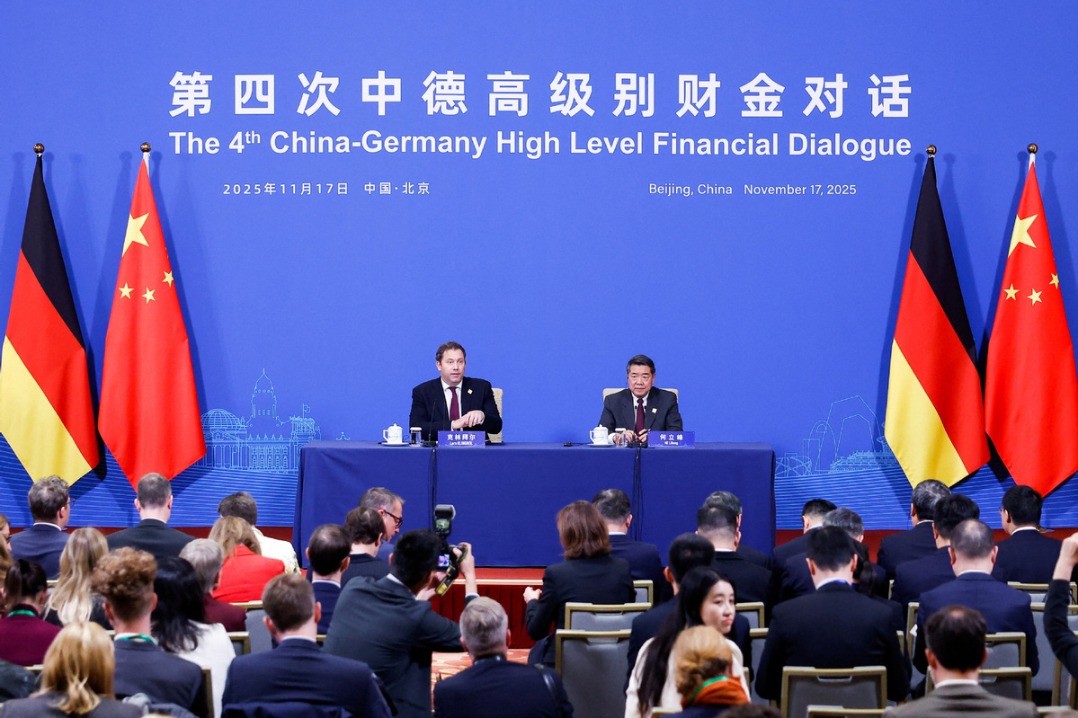Experiencing deja vu on streets of Peruvian capital
By Mo Jingxi | China Daily | Updated: 2024-11-14 06:58

Seated in the middle row of an economy class, I flew from Beijing to Madrid, then to Sao Paulo, thinking about my final destination as the window-seat passengers changed from a young man in black T-shirt to a woman in a red coat, and finally to an elegant lady with pink nail polish and a pink-cased iPad.
Taking three connection flights and having twenty-five hours of flight, I finally arrived at Lima, the capital of Peru, where this year's APEC Economic Leaders' Week is being held.
The long journey left me feeling dizzy, and the hair I had freshly washed before boarding became frizzy halfway through the flight.
If I were to dig a hole straight down from China, through the Earth's core, I would probably emerge in the country on the western coast of South America. In another word, it's one of the farthest places I could reach from China.
Yet this place doesn't feel entirely foreign. Along the roads, I occasionally spotted Chinese restaurant signs in Mandarin. The Peruvian Spanish word for "Chinese restaurant" is chifa, a term derived from the Chinese pronunciation for "eating", brought over by Chinese migrants who braved the Pacific Ocean to reach Peru more than a century ago.
Beyond culinary culture, those early Chinese immigrants also brought them with skills and trades, contributing to Peru's social and economic development. Today, about 10 percent of the country's population has Chinese ancestry.
In an interview in June, Peruvian President Dina Ercilia Boluarte Zegarra told me, "The Chinese-Peruvian community, also known as Tusan, has left its mark on national culture."
"Moreover, we have prominent figures within the Tusan community who have contributed to our country's development," she said, giving the example of Teresa Joo de Siu, whom she said played a key role in the establishment of diplomatic relations between Peru and China.
As I was writing this log, I surprisingly realized that Teresa Joo de Siu was also a journalist, like me.
Her passion for sharing China's progress led her to work as a translator and reporter for La Voz de la Colonia China, the oldest Chinese newspaper in South America.
In 1971, as the manager of this heritage newspaper, Teresa Joo de Siu carried a confidential letter from Peru's Ministry of Foreign Affairs to the Chinese Embassy in Chile, helping to establish a diplomatic bridge between China and Peru that has only strengthened over time.
On the way from the airport to my hotel, I also felt a sense of deja vu in the dilapidated red-brick buildings and narrow lanes I passed.
Born in a small town in central China in the late 1980s, I grew up with similar sights. But in the past few decades, China has undergone dramatic changes in socioeconomic development.
It was at that moment that I truly understood what the Peruvian Ambassador to China, Marco V.Balarezo, meant in a recent interview when he said, "Infrastructure has been a fundamental pillar of China's development, and Peru could benefit from its experience in planning and executing large projects, such as the Chancay Port."
The Chancay Port, a project with Chinese investment, is scheduled to begin trial operations in mid-to-late November, establishing a direct maritime route from Peru to China.
I believe that this route, like the ancient maritime Silk Road opened by Chinese migrants heading to Peru all those years ago, will contribute to Peru's economic and social development.
Hopefully, the Peruvian people will witness their country's growth in the coming decades, just as I have witnessed mine.
























